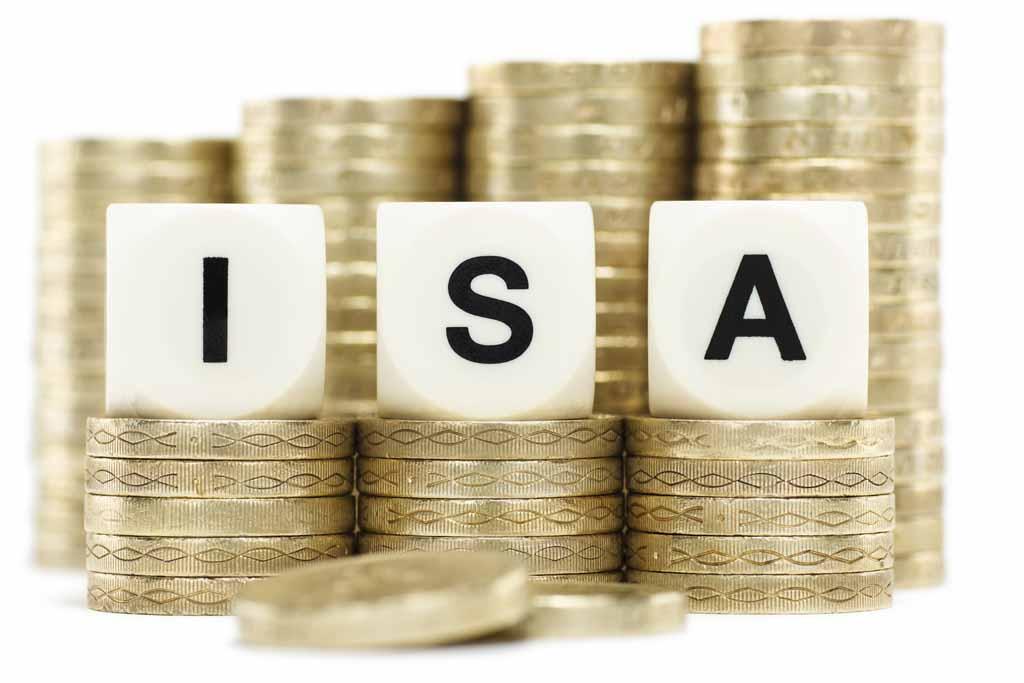The ISA is a vastly underrated yet useful tool for saving money, allowing account holders to invest up to £15,000 tax-free or at a reduced rate. Although it has come to be perceived as something incredibly complicated, well beyond the comprehension of the ordinary layman, its complexity is overstated. This has led many to miss out on the opportunities that ISAs present. To make sure that you’re not one of them, read on to find out more.
ISAs
ISAs are a tax-free or tax-efficient form of savings or investment account. Those who take advantage of them are rewarded with increased returns on their wealth, as they are charged a lower tax threshold or no tax at all, on the value of their account.

ISA
One of the simplest ways to understand ISAs is to use the cake analogy. Imagine that each year you bake a cake (your savings) for when the taxman comes to tea. Ordinarily, the taxman takes the bits he wants, and you’re too polite to hold back the slices you want to keep for yourself. An ISA is the bank’s version of a cake tin. Once you have the tin, you can keep back a select number of slices (up to £15,000 in cash or shares) to save for later, which the taxman cannot touch.
Amounts
So how much can you keep aside in your cake tin? The current figure stands at £15,000 per annum. As tax years run from April to April, you can invest anything up to this figure during this year long period, split as you like between cash and shares. Your balance resets at the beginning of every year, with any unused allowance becoming void rather than rolling over.
Longevity
Many people assume that the cash and shares protected by an ISA are only granted these privileges for a year. However, this is not the case at all. Any money invested in an ISA will continue to benefit from the associated rewards for as long as it remains untouched.
Over time, this means that the financially savvy can invest significant sums, often entirely tax-free. The amount that can be invested can change year-on-year, but this means that, had you started invested in 1999, you could now be earning tax free or reduced tax interest on an amount up to £135,880.

ISA Application
Types of ISAs
There are two types of ISAs: cash and investment, and slightly different rules apply to each.
Cash ISAs are not taxed for any savings. This saves account owners a significant sum of money: a standard savings account will pay anywhere between 20 and 45 per cent of the interest they earn to the government, whereas an ISA owner will pay nothing.
ISAs are also available for investment purposes, and can be used to sink your money into shares and bonds. Although these accounts are not entirely tax-free, account owners do not pay tax on profits or interest earned through bonds, and there is a 10 per cent tax cap on income.
As of 2014, your £15,000 allowance can be split between the two in any way you like, whether that means a cash only ISA, investment only ISA or a mix of the two, such as the Modular ISA offered by James Hay Partnership.
Do your research to discover which type would work best for you.
Bài viết liên quan
The Best Ways To Reduce Health Care Spending
There is no getting away from the fact that average Americans spend far too much money on health care....
6 Critical Factors In Evaluating A Debt Relief Partner
No one plans to be in debt but a combination of myriad factors lead to this unfortunate situation. However,...
Why You Need the Help of an Attorney to Settle Your Debts
At first glance, it seems counterintuitive to hire an attorney to help you settle your debts. After all, you’re...
7 Questions You Must Ask Your Debt Settlement Company
If you have accumulated a lot of debt and want to engage the services of a debt settlement company...
Get More for Less by Improving Your Money Management
In comparison to years gone by, the business of living, working, running a household, and raising family is a...
6 Critical Factors In Evaluating A Debt Relief Partner
No one plans to be in debt but a combination of myriad factors lead to this unfortunate situation. However,...